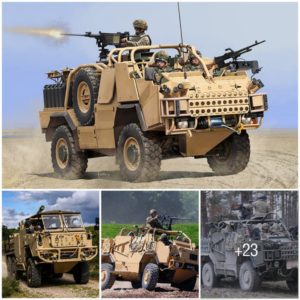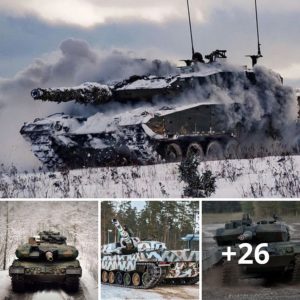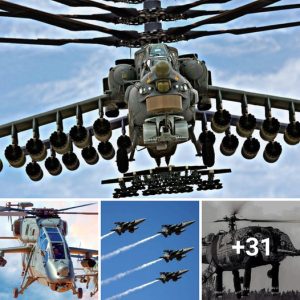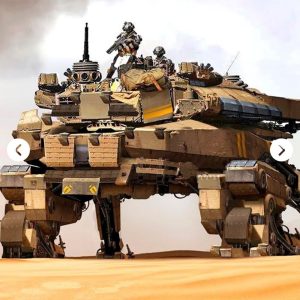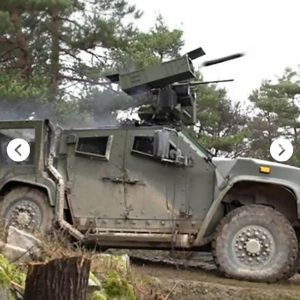Ever since they entered service in large numbers with different militaries in the 1940s-50s period, helicopters have been an indispensable tool of war and peace. Whether it is casualty evacuation, troop transport, disaster relief or airborne fire support; helicopters are at the centre of it all. The technology used in helicopters has grown to such a level that it is now possible to make hybrid helicopter aeroplanes, advanced attack helicopters, and super heavy transports.
While most of the western countries have made their own helicopters, the US and Russia still reign supreme with their vast fleets of helicopters of every category imaginable. This list examines some of the most diverse range of American helicopters which have played their part in the helicopter revolution. This is the first of our 3-part series and the top helicopters of the Russian military and the European militaries will be covered in future articles. The list is in chronological order, with the year of the first flight being taken as a reference date. So sit tight and strap your seat belts while we go on a journey to meet these rotary winged beauties and beasts.
Bell UH-1 Huey [1956]

Pretty much synonymous with technology Vietnam war, the UH-1 was a simple and practical helicopter design which achieved legendary status due to its exploits. It was rugged, inexpensive and just the thing the US Army needed to deliver thousands of troops in the middle of dense North Vietnamese jungles. Powered by a single engine, the UH-1 could carry 10-14 troops into battle. The main armament was the M60 machine gun mounted on either door, which was operated by a gunner. To protect the pilots from ground fire, the seats were armoured and the crew was issued with body armour for additional protection during dangerous missions.

The other important role of the Huey was casualty evacuation, where it managed to transport injured troops from the battlefield to combat hospital units in an hour or two. This greatly helped in reducing the American casualties during the war as the injured could get immediate medical attention.Over 16,000 of these versatile machines have been built and it is still used by the US Marine Corps in its UH-1Y form.

Sikorsky SH-3 Sea King [1959]
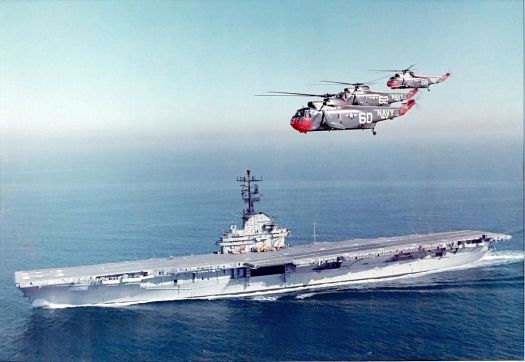
The US Navy faced a major problem during the early decades of the Cold War. The Soviet Union built a fleet of over 200 submarines and tracking them was getting extremely difficult and troublesome. The Seaking, which first flew in 1959, was the solution to that problem. It was a huge naval helicopter for that time and debuted a number of features including turboshaft engines and an amphibious design which would allow it to land on water. To perform its primary duty of hunting submarines, it was equipped with a dipping sonar, dozens of sonobuoys, magnetic anomaly detector, depth charges and torpedoes. It’s long endurance coupled with its vast array of anti-submarine attachments made it the most capable and widely used ASW helicopter of the 20th Century.

One of the coolest roles of the Seaking is that of the space capsule retriever! US Navy Seakings were tasked with picking up the capsules which had splashed down in the ocean after the completion of their space missions. The Seaking has another major role apart from anti-submarine warfare and this one is pretty amazing. It is the helicopter of choice to fly the President of the United States of America around, and it has held this distinction since the early 1960s to the present day. USMC Seakings, are designated as ‘Marine One’ when the POTUS is on board and it features advanced electronic countermeasures, armoured airframe and acts as a mobile office for the president.

The Seaking was license-produced by Japan, Italy and the United Kingdom, where it served locally and was also exported to friendly countries. The UK developed an Airborne Early Warning Variant of the Seaking after their bitter experiences in the Falklands and this is one of the most unique modifications of this helicopter. Although it has been retired by the US Navy and replaced fully by the Seahawk, the Seaking continues to serve in the navies of Brazil, India, Spain, Iran and Italy.
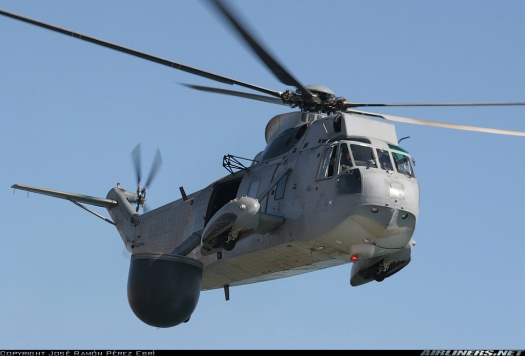
The Royal Navy’s Sea King AEW.2 variant. The dome contains the radar to provide airborne early warning.
Boeing CH-47 Chinook [1961]

Again we have a helicopter which was developed during the Vietnam and survives to this day in a modern avatar. The CH-47 Chinook has a unique tandem rotor design which allows maximum utilization of the power generated by the engines to lift the helicopter. Since there is no tail rotor, all the power is sent to the 2 main rotors which rotate in opposite directions at different elevations. This gives the Chinook the ability to carry large payloads to high altitudes. With the ability to carry a 24,000-pound (10,800 kg) load underslung / 20,000 pounds (9000 kg) inside the cabin or alternatively 55 troops seated internally, the Chinook is a massive flying truck.

One of the mind-blowing stunts that the Chinook can perform is a water extraction known as the ‘Delta Queen’ manoeuvre unofficially. This basically involves the Chinook touching down on the water surface, opening its rear ramp door and allowing water to flood in so that a special forces boat can smoothly ride into the helicopter to be safely lifted out of the water. The other move for which the Chinook is famous for is the ‘Pinnacle manoeuvre’, which involves insertion and extraction of troops from a cliff/ledge, with only the rear wheels touching the ground while the helicopter is hovering. This rugged heavy lifter is expected to remain in service till the 2060s, that is 100 years after it first flew.

Sikorsky S-64 Skycrane [1962]

Well, who would have thought that you could make a crane fly? Well, That is precisely what the designers at Sikorsky had in mind while designing the Sikorsky S-64 Skycrane. Built like a skeleton, this weird looking contraption can haul massive loads underneath its seemingly delicate frame. The large area between its tall legs has a crane which can lift a bulky payload weighing as much as 25,000pounds (11,300 kg) with ease.

During the Vietnam War, the military version, designated as the CH-54 Tarhe was used to retrieve over 380 downed military aircraft. It saved millions of dollars as doing the same using other methods was far more expensive. It was also used to transport tanks, trucks, and troops. Another unique application was in the carrying of Universal military pod containers which could be adapted for purposes like surgical units based on the requirement.
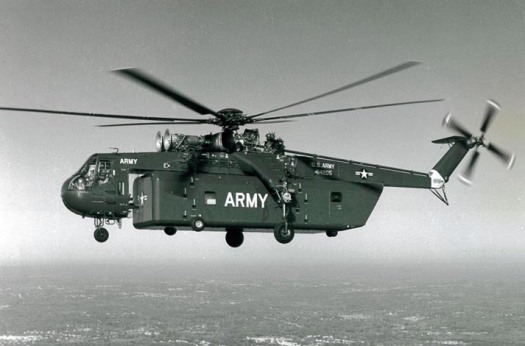
The civil version has built several thousand miles of power transmission lines. The helicopter proved its usefulness with its ability to lay transmission towers in a wide variety of terrain. The firefighting version has a capacity of 2650 gallons (10,000 litres) of water and is used in fighting forest fires. Another popular use of this helicopter is for logging. Yes, you heard it right. The massive lift capability offered by the Sky crane makes it a lucrative option to carry logs from inaccessible forests back to civilization to be processed. Presently, it remains one of a kind, has no competition in the market and is still in production

Sikorsky CH-53 Stallion [1964]

This is the largest helicopter in the US inventory. With a payload capacity of over 14,000 pounds (6350 kgs) for the initial twin-engine version, it could haul an equivalent weight of 4 fully grown Rhinos. The US military uses this helicopter for troop transport, special forces insertion, casualty evacuation and to lift heavy vehicles like trucks. The CH-53, being a primarily marine helicopter has a watertight hull which enables it to land safely on water in an emergency situation. The earliest variants entered service during the Vietnam War and the most recent variant will now enter production. This again proves the longevity of American helicopter designs.

It’s most unique role is that of a minesweeper! The powerful triple engined MH-53 variant can carry a 32,000-pound (14,500 kg) payload which allows it to tow a minesweeping sled behind it on the surface of the sea. This allows the helicopter to sweep mines at a faster rate and more safely than a minesweeping ship. The latest version is the triple-engined CH-53K King Stallion, which is made of lighter composites and has powerful engines which enable it to carry a payload of 35,000 pounds (15,800 kg), which is over 2 and half times the payload of the initial version. The King Stallions will form the backbone of the USMC heavy lift capability and will stay in service for the decades to come.
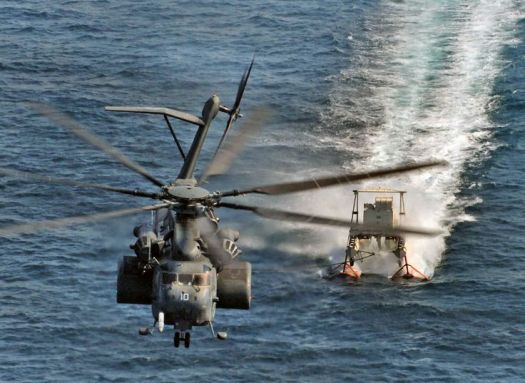
Bell AH-1 Cobra [1965]

Developed from the UH-1 to urgently fulfil the role of an armoured helicopter which could fire guns, rockets, and missiles, the AH-1 was the world’s first dedicated attack helicopter. It was pressed into service in Vietnam and saw extensive combat. It’s slender profile, tandem seating and great agility made it a very effective platform for providing aerial fire support.

The Cobra was initially armed with 7.62 mm miniguns, 40 mm grenade launchers and rockets, which allowed it to take out hidden targets through the jungle canopy. The Vietcong would have been terrified of the venom spitting cobras which could sneak up on them and destroy anything in its path. They proved themselves to be so useful that over 1000 Cobras were built over a period of 4 years during the Vietnam War. It lives on to this day in the form of the US Marine Corps AH-1Z Viper, which is a heavily upgraded version of the AH-1.

.
